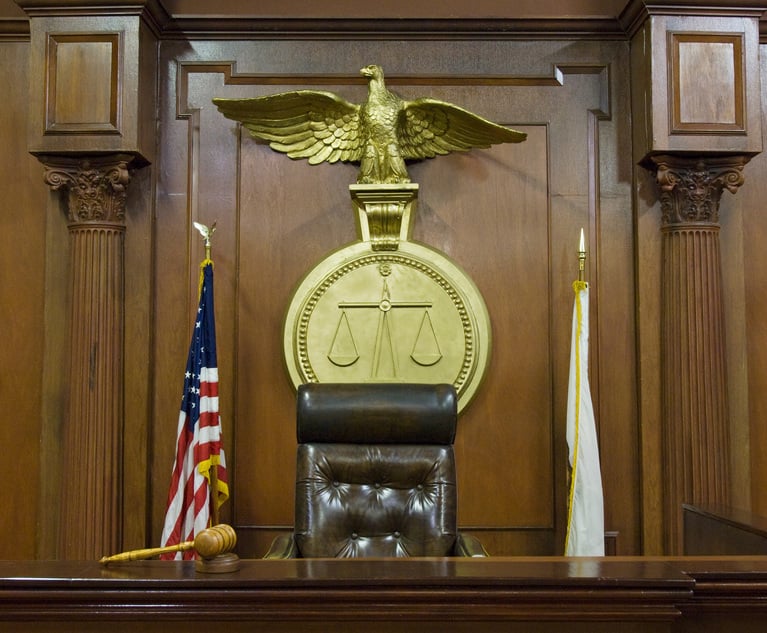For discovery lawyers and professionals, creating and maintaining efficient, repeatable and defensible discovery-related processes for their clients is paramount. Since 2005, the Electronic Discovery Reference Model (EDRM) has been the widely accepted framework for the discovery process. The EDRM is a useful visualization that walks through each step of the discovery process, and it is also a useful tool for analyzing discovery-related processes to identify needed enhancements and potential problems. But with constant change in the discovery sector, is it time to reimagine the EDRM? Perhaps the drumbeat of new technologies, capabilities, competitors and business models should propel discovery teams to rethink each stage of the EDRM to incorporate advances in automation, artificial intelligence and technology. But first, think about your client’s discovery-related goal. Is the client’s goal to fulfill its discovery obligations in a simple, repeatable way in every litigation or investigation? In other words, is the goal an easy-to-manage, one-size-fits-all approach? Or is the client’s discovery goal to find the best approach on a case-by-case basis that reflects both the cost and the risk, but might require more resources to manage?
Neither answer is better than the other, but both questions focus on the client experience. And for that, legal design principles can be used to reimagine the EDRM. Legal design is an important tool that our team at Morgan Lewis & Bockius has woven into all aspects of our practice. In every facet of our practice, we seek out the voice of the client and design every process, every product and every service to meet the client’s needs and enhance the client’s experience.


 Tara Lawler, Tess Blair and Josh Rosenzweig of Morgan Lewis & Bockius.
Tara Lawler, Tess Blair and Josh Rosenzweig of Morgan Lewis & Bockius.




